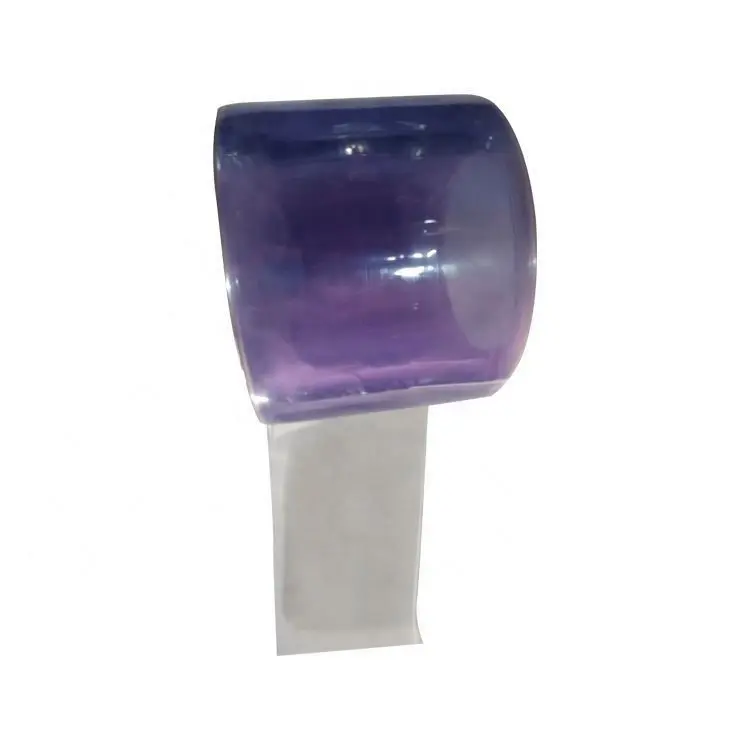- Afrikaans
- Albanian
- Amharic
- Arabic
- Armenian
- Azerbaijani
- Basque
- Belarusian
- Bengali
- Bosnian
- Bulgarian
- Catalan
- Cebuano
- Corsican
- Croatian
- Czech
- Danish
- Dutch
- English
- Esperanto
- Estonian
- Finnish
- French
- Frisian
- Galician
- Georgian
- German
- Greek
- Gujarati
- Haitian Creole
- hausa
- hawaiian
- Hebrew
- Hindi
- Miao
- Hungarian
- Icelandic
- igbo
- Indonesian
- irish
- Italian
- Japanese
- Javanese
- Kannada
- kazakh
- Khmer
- Rwandese
- Korean
- Kurdish
- Kyrgyz
- Lao
- Latin
- Latvian
- Lithuanian
- Luxembourgish
- Macedonian
- Malgashi
- Malay
- Malayalam
- Maltese
- Maori
- Marathi
- Mongolian
- Myanmar
- Nepali
- Norwegian
- Norwegian
- Occitan
- Pashto
- Persian
- Polish
- Portuguese
- Punjabi
- Romanian
- Russian
- Samoan
- Scottish Gaelic
- Serbian
- Sesotho
- Shona
- Sindhi
- Sinhala
- Slovak
- Slovenian
- Somali
- Spanish
- Sundanese
- Swahili
- Swedish
- Tagalog
- Tajik
- Tamil
- Tatar
- Telugu
- Thai
- Turkish
- Turkmen
- Ukrainian
- Urdu
- Uighur
- Uzbek
- Vietnamese
- Welsh
- Bantu
- Yiddish
- Yoruba
- Zulu
flexible pvc
Understanding Flexible PVC Versatility and Applications
Flexible Polyvinyl Chloride (PVC) is a plastic material widely recognized for its adaptability and versatility, making it an essential component in various industries. Unlike its rigid counterpart, flexible PVC is soft and pliable, allowing it to be manipulated into a broad range of shapes and forms. This flexibility makes it a preferred choice for numerous applications, from construction to fashion.
Composition and Properties
Flexible PVC is created by adding plasticizers to the base polymer, PVC. These additives enhance the material's softness, flexibility, and durability, rendering it suitable for multiple uses. The most common plasticizers used are phthalates, though alternative additives are increasingly being sought due to environmental and health concerns. The result is a material that can withstand impacts, extremes in temperature, and exposure to chemicals, making it ideal for both indoor and outdoor applications.
One of the key properties of flexible PVC is its resistance to moisture. This characteristic lends itself well to various applications, especially in the construction industry. For instance, flexible PVC is often used in the manufacturing of waterproof membranes and roofing sheets. Its ability to repel water helps protect structures from damage due to leaks and moisture accumulation.
Applications in Various Industries
1. Construction and Infrastructure
In construction, flexible PVC is found in a variety of products, including flooring, siding, and window profiles. PVC flooring is particularly popular due to its resilience, ease of maintenance, and wide range of styles and colors. Additionally, flexible PVC is often used in plumbing applications for pipes and fittings, where its resistance to corrosion and chemicals is vital.
2. Medical Industry
The medical field also benefits from flexible PVC. The material is commonly used to produce medical tubing, IV bags, and various disposable medical devices. The flexibility of PVC allows for ease of handling while ensuring sterility and safety for patients.
flexible pvc

In the automotive industry, flexible PVC plays a critical role. It is used in the production of interior and exterior components, such as dashboards, door panels, and seating materials. Its durability and flexibility contribute to a comfortable and aesthetically pleasing environment within vehicles.
4. Consumer Goods
Flexible PVC is also found in numerous consumer products, such as inflatable toys, clothing, and upholstery. The material can be easily colored and printed, allowing manufacturers to create aesthetically appealing products. Moreover, its lightweight nature makes it ideal for applications where weight is a concern.
Environmental Considerations
Despite its widespread use and advantageous properties, flexible PVC has faced scrutiny regarding its environmental impact. The production and disposal of PVC can lead to harmful emissions and the release of toxic substances, including dioxins. This has prompted manufacturers to seek more sustainable practices and explore alternative materials.
The recent advancements in recycling technologies aim to mitigate these concerns. Flexible PVC can be recycled, although the process can be complex. Initiatives to improve PVC recycling infrastructure and encourage responsible disposal are crucial for reducing the environmental footprint of this versatile material.
Conclusion
In summary, flexible PVC stands out as a remarkable material due to its versatility, durability, and adaptability. Its applications across various industries highlight its importance in modern manufacturing and engineering. However, it is essential for producers and consumers alike to remain mindful of its environmental implications. As technology advances and sustainability becomes increasingly prioritized, the future of flexible PVC holds promise for innovation and eco-friendliness. By balancing utility with environmental responsibility, flexible PVC can continue to thrive in a world that increasingly values sustainable practices.
-
Industrial & Commercial Freezer Curtains Energy-Saving Cold Storage SolutionsNewsMay.18,2025
-
Clear Garage Door Curtains Durable, Energy-Saving PVC Strip SolutionsNewsMay.18,2025
-
China Style Curtains Hangers - Durable & Elegant Home Decor SolutionsNewsMay.18,2025
-
Anti-Static PVC Rollenblatt Strip Curtains Durable & Static-FreeNewsMay.17,2025
-
Industrial PVC & Vinyl Strip Curtains Thermal Insulation & Pest ControlNewsMay.17,2025
-
Anti-Static & Insect-Proof PVC Strip Curtains for WarehousesNewsMay.16,2025



